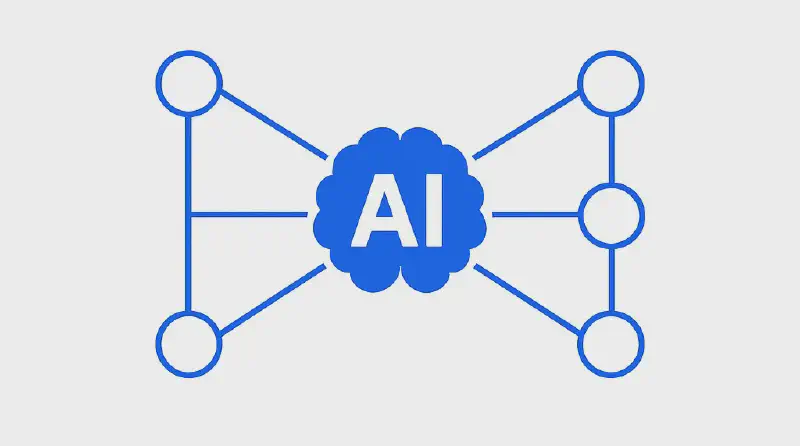
Revolutionizing Network Routing with AI#
The landscape of global networking is undergoing a significant transformation, driven by the increasing demand for high performance and reliability. Traditional routing mechanisms, while foundational, often struggle to keep pace with the dynamic complexities of modern network conditions. The AI Routing Lab initiative highlights a pivotal shift towards leveraging artificial intelligence and machine learning to overcome these inherent limitations.
- Traditional network routing relies on established Border Gateway Protocol (BGP) metrics such as AS Path and Multi-Exit Discriminator (MED), which are often static and provide an incomplete picture of real-time network health.
- These conventional metrics inherently fail to account for critical, real-world performance indicators like actual network latency and jitter, which are paramount for modern applications.
- Network route behavior is incredibly dynamic, fluctuating significantly based on diverse factors including time of day, current network load, and even environmental conditions like weather, particularly for satellite communication channels.
- The AI Routing Lab proposes a sophisticated approach utilizing machine learning algorithms to move beyond these static metrics, enabling continuous, dynamic route optimization.
- The primary objective of this AI-driven method is to achieve superior network performance by directly addressing and actively minimizing real-time delay and jitter, thereby enhancing user experience and service quality. For decades, the backbone of internet routing has been built upon protocols like BGP, designed primarily for stability and reachability across vast interconnected networks. However, with the explosive growth of cloud services, real-time streaming, IoT devices, and distributed workforces, the static nature of these traditional systems frequently leads to sub-optimal performance. Users experience frustrating delays, packet loss, and service interruptions, while enterprises contend with higher operational costs and compromised service level agreements. This pivot towards AI-driven routing signifies a crucial evolution, promising not just incremental improvements but a fundamental redefinition of how networks self-regulate, adapt to congestion, and deliver more resilient, faster, and cost-efficient services for both end-users and global organizations. Looking ahead, the pervasive integration of AI and machine learning into core network infrastructure is set to usher in an era of truly intelligent, self-optimizing, and intent-based networks. We can anticipate systems that not only dynamically adjust routes for peak performance but also proactively identify and predict potential congestion points or failures, enabling pre-emptive mitigation strategies. This advanced capability will extend far beyond mere traffic engineering, potentially revolutionizing network security, enabling next-generation low-latency applications at the network edge, and ultimately forging a more robust, agile, and responsive global internet fabric capable of adapting to unprecedented demands and unforeseen challenges with minimal human intervention.
